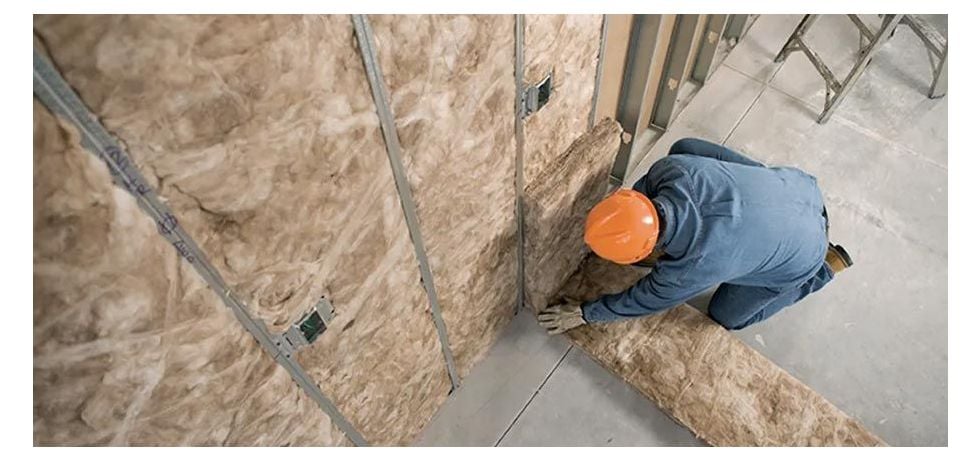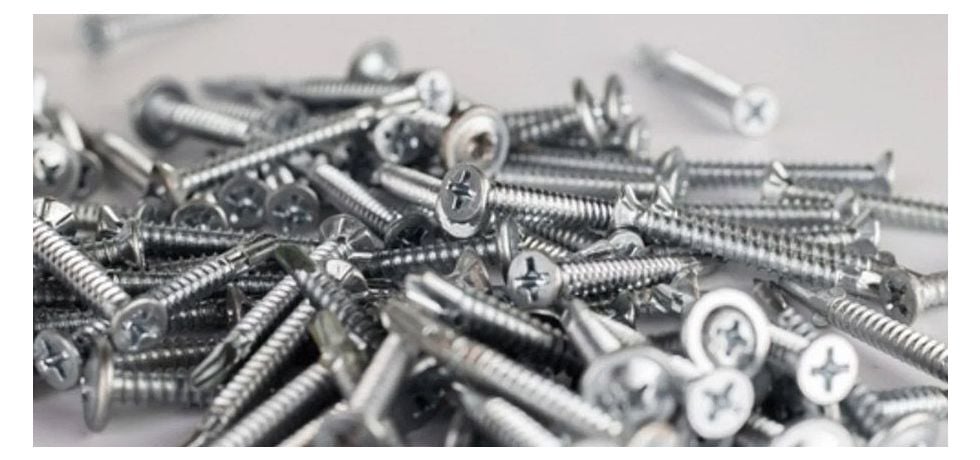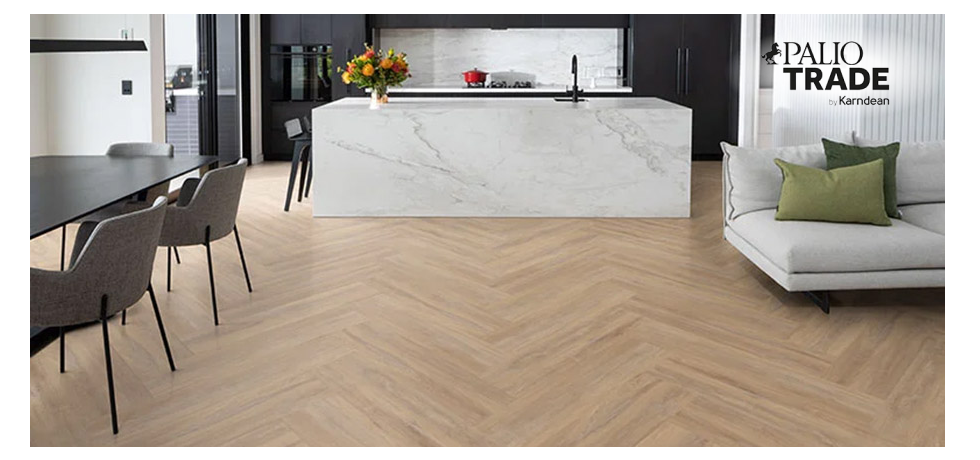Lintels
Useful Blog Posts & Guides
Find out more about Lintels
Lintels are structural components used in construction to support the weight of a wall or other elements above openings such as doors and windows. They are typically horizontal beams made from various materials, including steel, wood, or reinforced concrete. The primary function of them is to distribute the load from the structure above, ensuring stability and preventing sagging or cracking in the surrounding masonry.
The design and size of a lintel depend on several factors, including the width of the opening, the type of material used, and the load it must support. For instance, steel ones are often used for wider openings due to their strength and durability, while wooden ones may be suitable for smaller spans in residential applications. Reinforced concrete ones provide a robust option for heavier loads and are commonly used in commercial and industrial buildings.
Proper installation of lintels is crucial for the structural integrity of a building. They must be placed level and adequately supported at both ends to ensure they can carry the load efficiently. Additionally, it’s important to consider factors such as moisture resistance and thermal bridging, especially in environments with varying temperatures or humidity levels.
Overall, lintels play a vital role in modern construction, providing essential support and contributing to the aesthetic appeal of a building by framing openings neatly. Their selection and installation require careful consideration to ensure long-lasting performance and safety.
Lintels FAQs
What is a lintel?
A lintel is a horizontal beam that is placed above openings like doors and windows in a building. Its primary purpose is to support the weight of the structure above the opening, ensuring that the walls and ceiling remain stable and do not collapse. They can be made from various materials, including steel, wood, or reinforced concrete, depending on the specific requirements of the construction project.
What materials are lintels made from?
They can be made from a variety of materials, including:
Steel: Known for its strength and durability, steels are often used in commercial and industrial buildings.
Wood: Common in residential construction, wooden lintels are typically used for smaller openings.
Reinforced Concrete: These are made by embedding steel bars within concrete, providing excellent load-bearing capacity.
Masonry: Brick or block lintels can also be used, especially in masonry construction.
The choice of material depends on factors like the size of the opening, the load it needs to support, and the overall structural design.
How do I determine the size of a lintel?
To determine the size of a lintel, you need to consider several factors:
Width of the Opening: Measure the width of the door or window that the lintel will span. They should be wider than the opening, typically extending at least 150 mm (6 inches) beyond each side.
Load-Bearing Requirements: Assess the weight that the lintel will need to support. This includes the weight of the wall above, any additional loads (like a roof or floor), and any live loads (like people or furniture).
Material: Different materials have different load-bearing capacities. For instance, a steel lintel can support more weight than a wooden one of the same size.
Building Codes and Standards: Check local building codes and standards, as they may specify minimum sizes for lintels based on the type of construction and load requirements.
Consult with a Structural Engineer: For larger or more complex projects, it's always a good idea to consult with a structural engineer to ensure that the lintel is appropriately sized for safety and stability.
By considering these factors, you can determine the appropriate size.
Are lintels necessary for all openings?
No, they are not necessary for all openings. They are typically required for larger openings, such as doors and windows, where there is a need to support the weight of the structure above. For smaller openings, like those for electrical outlets or vents, they may not be needed because the load above is minimal and can be supported by the surrounding materials. However, it's always best to consult building codes and a structural engineer to ensure safety and compliance with local regulations.
How are lintels installed?
They are installed using the following steps:
Preparation: Before installing a lintel, the area above the opening needs to be prepared. This includes removing any existing materials and ensuring that the walls are stable.
Support: Temporary supports, like acrow props, are placed on either side of the opening to hold the weight of the structure above while the lintel is being installed.
Positioning: It is then carefully positioned above the opening. It should be centred and level, extending beyond the edges of the opening as required.
Securing: Once in position, the lintel is secured. This may involve anchoring it into the masonry or surrounding structure using screws, bolts, or additional mortar.
Finishing: After itis secured, the temporary supports can be removed, and the area can be finished with plaster or other materials to complete the wall.
It's important to follow proper installation guidelines and, if necessary, consult with a professional to ensure the lintel is installed correctly for safety and structural integrity.
Can I use a wooden lintel for large openings?
Using a wooden lintel for large openings is generally not recommended. Wooden ones can be suitable for smaller openings, but for larger openings, they may not provide the necessary strength and support. Larger spans typically require materials like steel or reinforced concrete, which have greater load-bearing capacities. If you're considering a wooden ones for a large opening, it's best to consult with a structural engineer to ensure safety and compliance with building codes.







Shop our range of Lintels at Trading Depot. Explore our extensive range of lintels for superior structural support in construction projects. We supply concrete lintels, steel lintles, and cavity wall lintels designed to support doorways, windows, and load-bearing walls. Suitable for both residential and commercial builds, our high-quality lintels are strong, durable, and compliant with building regulations. Choose from leading brands and a variety of sizes to suit your project needs.